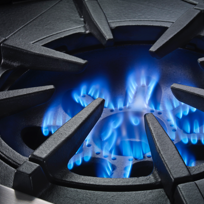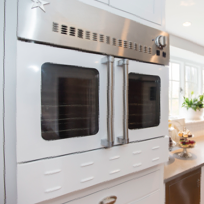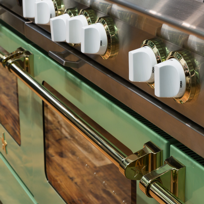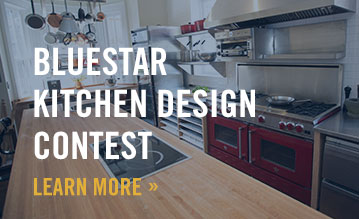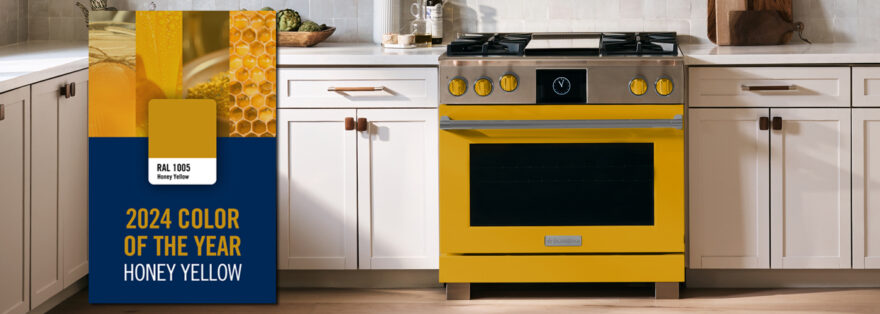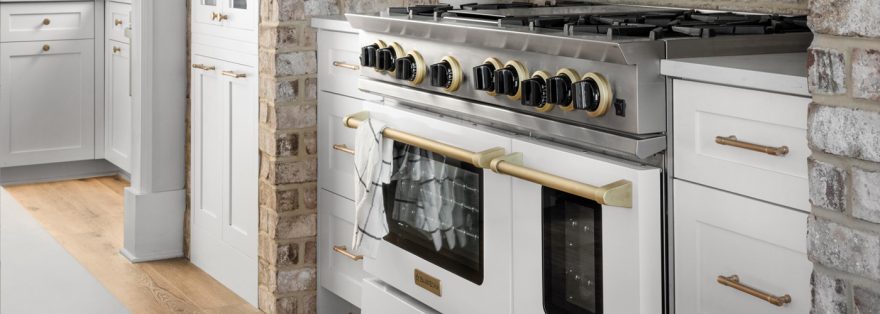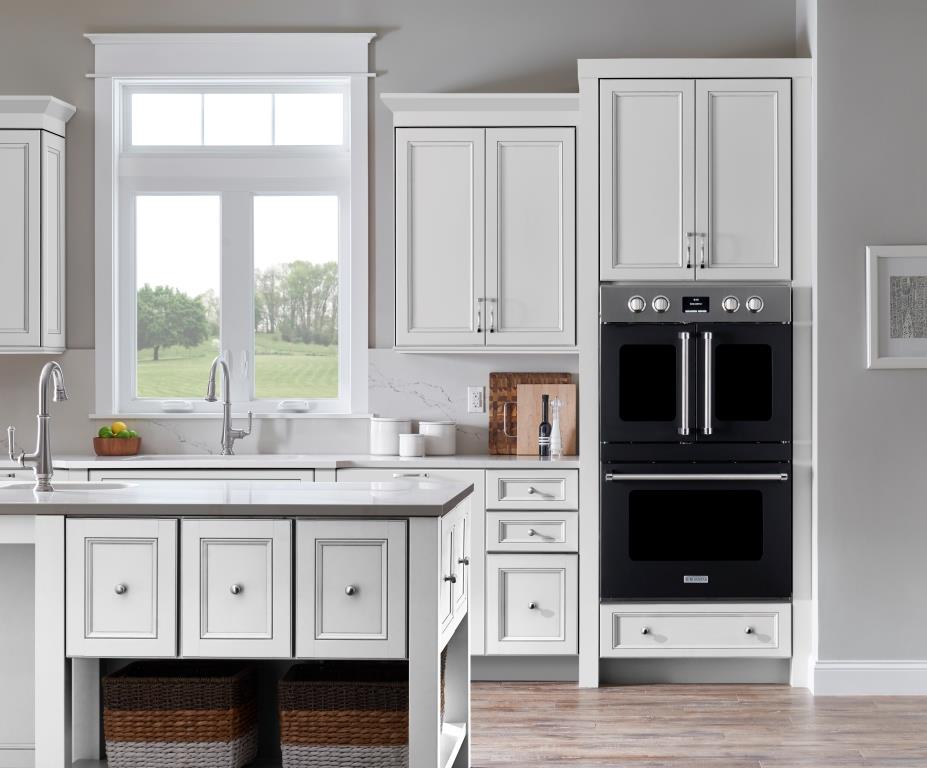
Wafting aromas of a chicken slowly roasting. The toasty perfume of wheat and yeast as a loaf of bread rises to a perfectly brown crust.
For Denise Sanchez, home is where the hearth — or in this case, the oven — is.
“When you walk into your kitchen you want your heart to pitter-patter,” said Sanchez, the owner of luxury appliance store HomeWerks. “You want to want be in there cooking for your loved ones, cooking for your friends.”
Sanchez has spent the past 30 years equipping San Antonio homes with state-of-the-art ovens. For much of that time, it came down to a simple choice: gas or electric. Today, oven options include steam, convection, warming drawers, integrated microwaves and more.
And that’s not even counting aesthetics — sleek and modern, mid-century cool, 20th century French farmhouse. If you can dream it up, chances are good there’s an oven on the market to match it.
So how do you choose the right combination of features for your kitchen?
“You really have to do some homework,” Sanchez said. “Shop around. Get exposed to what’s out there. There are just so many options.”
If you’re planning on upgrading your oven before the holidays, you’ll almost certainly stumble across a glossary of newfangled terminology and designs when it comes time to pick an oven. Here’s your guide to ovens, to help take some of the heat out of the decision.
Give convection a whirl: In a hurry, but you still want the kind of golden brown deliciousness that can only come out of a hot oven? Say hello to convection technology.
Perhaps the most commonplace advancement to modern ovens is the addition of an internal fan and exhaust system, transforming a conventional radiant-heat device into one capable of convection cooking. They cook about 25 percent faster and are very effective at evenly browning food. This combination means perfect crispy skin and extra moisture in your chicken thanks to a shorter cooking time.
Not all convection is created equal. Most conventional ovens have a heating element above and below the racks. So-called convection ovens add a fan to help circulate air. A true convection oven, frequently billed as a “European-style” convection oven, has a third heat element behind that fan, resulting in more even temperature regulation.
Steam-powered supper: For the health-conscious cook who’s also in a hurry, a steam oven may be just the thing.
True steam ovens deliver heat exclusively via steam generated in a boiler, fed either from a fillable reservoir or plumbed water line. The high-temperature water vapor is very effective at transferring heat, resulting in super quick cook times. This also protects food from the withering effects of a hot and arid conventional oven.
And bonus, the extra moisture also means no need to douse meats and veggies in a bath of oil or butter before baking. Some can even mimic the low temperature properties of a sous vide water circulator.
The downside is a steam-only oven can’t produce golden brown results. That’s why many steam ovens designed for home use also include convection capabilities. If you’re a bread baker, that means steam will help keep the loaf’s exterior supple as the crumb expands, resulting in a thin crust. The convection heat then crisps that into shattery perfection.
The modern microwave: If you’re a staunch never microwaver, it might be time to reconsider your position. Today’s most advanced microwaves are versatile multicookers, combining convection heat, a broiling element, steam and microwave technology. The main incentive here is adding a caramelized and crispy finish to the ultra-fast cook times microwaves were already capable of. Quick breads like cookies and muffins and smaller cuts of meat excel here.




